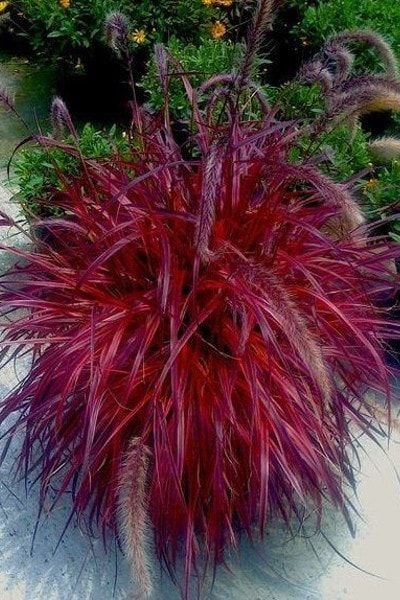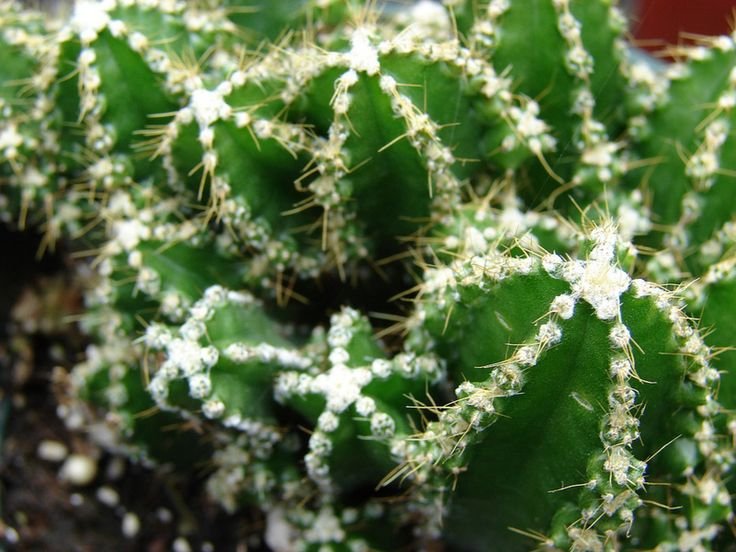Embrace the Beauty of Red Fountain Grass: A Comprehensive Guide
Introduction
Welcome to the world of red fountain grass, where beauty meets functionality in your garden! In this guide, we’ll explore everything you need to know about this stunning ornamental grass, from its characteristics to care tips and landscaping ideas.
But first, let’s answer the burning question: What exactly is red fountain grass?
1. What is Red Fountain Grass?
Red fountain grass, scientifically known as Pennisetum setaceum, is a stunning perennial grass native to Africa. It’s renowned for its striking reddish-purple foliage and graceful fountain-like plumes that sway gently in the breeze, adding a touch of elegance to any landscape.
2. Embrace the Beauty of Red Fountain Grass

This grass typically Gardening grows to a height of 3 to 5 feet, with a spread of 2 to 4 feet, making it an excellent choice for borders, mass plantings, or as a focal point in your garden. Its vibrant color intensifies in the fall, creating a captivating display of hues ranging from deep burgundy to fiery red.
3. Planting Red Fountain Grass
Planting red fountain grass is a breeze! Choose a sunny location with well-drained soil, and dig a hole twice as wide as the root ball. Place the plant in the hole, backfill with soil, and water thoroughly. Remember to space multiple plants about 2 to 3 feet apart to allow for adequate air circulation.
4. Caring for Red Fountain Grass
Maintaining red fountain grass is relatively low-maintenance. Water regularly, Embrace the Beauty of Red Fountain Grass, especially during hot, dry periods, and apply a balanced fertilizer in the spring to promote healthy growth. Trim back the foliage in late winter or early spring to encourage new growth and remove any dead or damaged stems.
5. Landscaping Ideas with Red Fountain Grass
The versatility of red fountain grass makes it a perfect addition to various landscaping designs. Use it as a border along walkways or garden beds, plant it in containers for a pop of color on your patio, or create stunning focal points by mass planting it in large drifts.
6. Combining Red Fountain Grass with Other Plants
Pairing red fountain grass with complementary plants can enhance its beauty and create visually stunning combinations. Consider planting it alongside purple fountain grass, yellow lantana, Embrace the Beauty of Red Fountain Grass, or blue salvia for a vibrant and harmonious look that will turn heads in your garden.
7. Common Pests and Diseases
While red fountain grass is relatively resistant to pests and diseases, it may occasionally encounter issues such as aphids, spider mites, or fungal infections. Keep an eye out for any signs of trouble and treat them promptly with organic or chemical remedies to prevent spread and damage.
8. Harvesting and Propagation

You can propagate red fountain grass through division or by collecting and planting seeds. Divide mature clumps in the spring or fall, ensuring each division has several healthy shoots and roots. To collect seeds, Embrace the Beauty of Red Fountain Grass, wait until the plumes turn brown and then shake them gently over a container to collect the seeds for planting.
9. Winterizing Red Fountain Grass
In regions where winters are cold, red fountain grass may die back to the ground. To protect it during the winter months, cut back the foliage to a few inches above the ground after the first frost and mulch heavily around the base of the plant to insulate the roots from freezing temperatures.
Frequently Asked Questions (FAQs)
1. Can red fountain grass grow in shade?
Yes, red fountain grass prefers full sun but can tolerate partial shade. However, it may not achieve its full potential and vibrant color in shady conditions.
2. How often should I water red fountain grass?
Water red fountain grass regularly, especially during hot, Embrace the Beauty of Red Fountain Grass, dry periods. Aim to keep the soil consistently moist but not waterlogged.
3. Is red fountain grass invasive?
In some regions with mild climates, red fountain grass can be invasive and spread rapidly. Check with your local extension office before planting to ensure it’s not considered invasive in your area.
4. Can I grow red fountain grass indoors?
While red fountain grass is typically grown outdoors, you can cultivate it indoors as a potted plant. Place it near a sunny window and provide regular watering and fertilization for optimal growth.
5. How do I prune red fountain grass?
Prune red fountain grass in late winter or early spring before new growth emerges. Cut back the foliage to a few inches above the ground to remove dead or damaged stems and promote vigorous regrowth.
Whether you’re a seasoned gardener or just starting your green thumb journey, incorporating red fountain grass into your landscape is sure to add beauty and charm. With its stunning foliage, graceful plumes, and easy care requirements, this ornamental grass is a must-have for any garden enthusiast. So why wait? Start growing your own red fountain grass today and watch your garden come alive with color and elegance!



